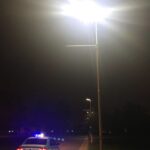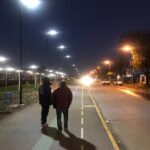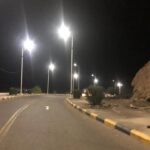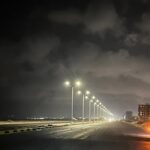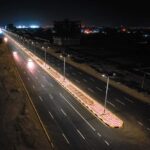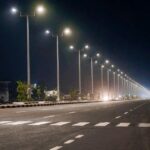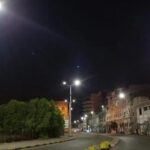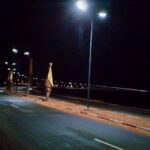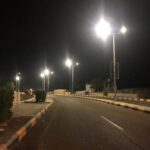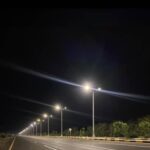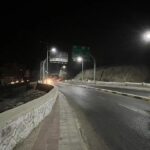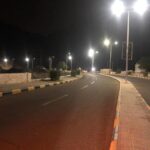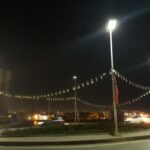Planet earth depends on light energy. Solar energy is responsible for powering the photosynthetic process in the plant. Various lights’ wavelengths cue the plants to flowers, grow taller, and move the leaves. Also, the same cues are known for influencing animals. A good number of insects are attracted to various ultraviolent lights, and this is based on how sensitive they are to the light being produced by the solar cell street light in their eyes.
Certain birds are adapted to sing mating calls in relation to the quality of light they receive from a full moon. Increased mating behaviors of some animals, especially frogs, are as a result of high light levels. This suggests that changes in light quality affect the nesting behaviors of birds. A lot of things in the world are dictated by association with the quality and quantity of light.
How Light Affect Plants and Animals
Nevertheless, how are the behaviors of the organisms affected by constant light pollution? Can various kinds of light pollutions (from cars, solar cell street lights, or billboards) affect ecological interactions? Are there ways in which cities can be designed to bring about less interference with the naturally evolved relationships?
Several cities all over the world started shifting to solar cell street lights. In street lights, they use LED lights because of the advanced color rendering, in addition to enhanced energy efficiency. It is believed that the LED’s are known for reducing energy use up to 75%. Unlike the traditional street lights, solar cell street lights using LED technology are more durable. In some parts of the United States, i.e., New York, the changes have brought about a reduction in carbon emission and energy costs.
Nevertheless, the changes that come as a result of light quantity and quality come from various changes in the solar cell street light being used. There are ways in which street light affects the urban populations of animals and plants. For instance, in suburban regions of the United Kingdom, bat populations are known not to be affected by switching to higher efficiency solar cell street lights.
Bat Feeding and Call Behavior
A study was carried out to determine bat feeding and calls behavior before and after switching to solar cell street light. Because of a combination of an abundance of insects (food), which are attracted to light, together with the ability of certain bats, i.e., vesper, to see the ultraviolet light being emitted from the bulbs, bats were attracted to the LED solar cell street lights. There is an insignificant change in the quantity of light being produced by LED and LSP bulbs in the ultraviolent range. LPS are known for emitting lights in narrower ranges, while LEDs cannot emit in the ultraviolet range.
On the other hand, neutral LEDs have been emitting lights at deficient levels. This suggests that in the design of sustainable towns, switching to LED solar cell street lights can be a reasonable alternative for bat behavior and energy efficiency.
Nevertheless, the story seems to be somehow simple, especially for the insect populations, which are known for driving some of these patterns. Some studies show that switching to LED solar cell street light has increased insect attraction by almost 50%, unlike the traditional street lights.
Equally, over the LED solar cell street lighting, there is an increased attraction to the HPS. The discrepancies are a result of the differences in the context that some studies were carried out in rural regions while others in the urban areas.
In recent years, the main subject of conversation has been the design of advanced and ecologically sustainable urban regions. Comprehension of the quality and quantity of light has been affecting the current animal, and plant population is important. Significantly, in urban regions, ecological interactions are in disturbed states. It is because of this that some people are asking solar companies cannot design solar cell street light that can mimic the non-urban environments. In some cities, this cannot be achieved.
When there is no light, there are chances that natural conditions can be lower. Nevertheless, this is not practicable when we are after managing the environment just for human functions and safety. In the sustainable regions’ design, the question is likely to be: how can solar cell street lights be designed to reduce swift changes from the past several years’ status? This suggests that people are applying for new environmental filters that have been affecting animals and plants in different ways. Nevertheless, there is a need for reducing environmental variability in a way that ecological stability will be realized over time.
Solar Cell Street Light: Conclusion
It is true that solar cell street light can cause unexpected ecological damages. In most cases, the quality and quantity of light being produced by street lights ought to be carefully determined to prevent hazardous effects of light pollution to plants and animals. For more information about solar cell streets and how they affect the environment, contact Del Illumination.

